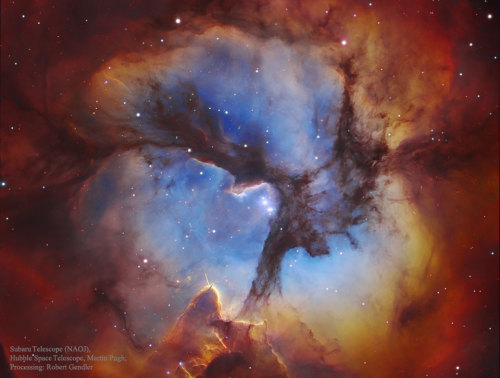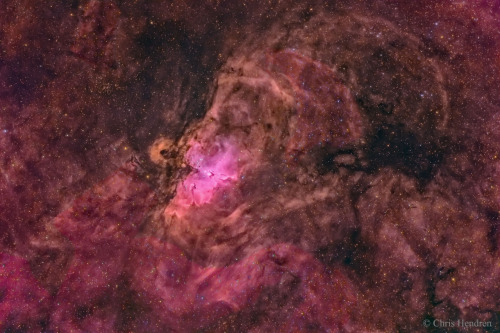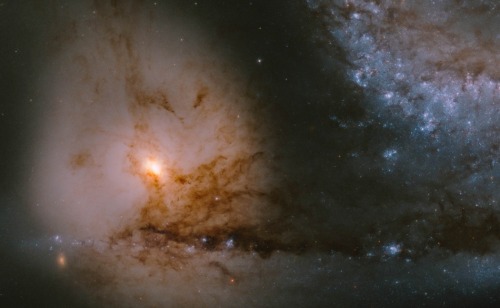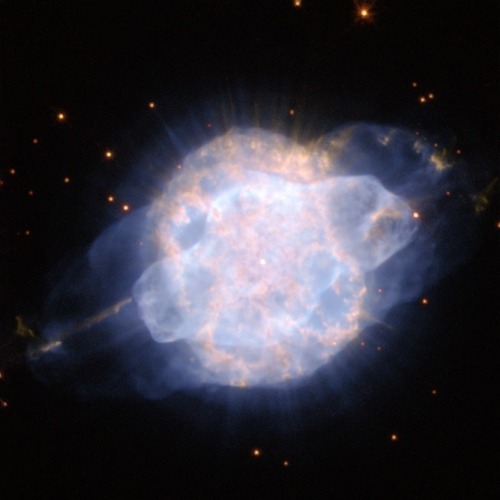#hubble telescope
The Metamorphosis of Messier 8
“Located in the constellation of Sagittarius (The Archer), this giant cloud of glowing interstellar gas is a stellar nursery that is also known as the Lagoon Nebula. Although the name definitely suits the beauty of this object, “lagoon” does suggest tranquillity and there is nothing placid about the high-energy radiation causing these intricate clouds to glow. The massive stars hiding within the heart of the nebula give off enormous amounts of ultraviolet radiation, ionising the gas and causing it to shine colourfully, as well as sculpting the surrounding nebula into strange shapes. The result is an object around four to five thousand light-years away which, on a clear night, is faintly visible to the naked eye.”
Post link
TheEagle Nebula is a region of star formation, ranging at about 90 trillion kilometers long. To put to scale, that’s the equivalent of approximately 2,250,000,000 Earth’s. One of the large regions inside of the nebula is a star forming region referred to as “The Pillars of Creation” (seen above), which evidence suggests may have already been destroyed by a supernova that exploded some eight to nine thousand years ago. However, the light from this massive event will not reach Earth for another millennium.
Post link
The Carina Nebula is one of the largest diffuse nebulae in the sky, and contains several open star clusters within it’s boundaries. Measuring at nearly four times the size of the Orion Nebula, it is located in the Southern region of the Sky. Inside lies Eta Carinae, a luminous hypergiant star with a mass ranging from 100 to 150 times that of out Sun, and four million times as bright.
Post link
TheTarantula Nebula, also known as NGC 2070, was thought to be a star until in 1751 when Nicolas Louis de Lacaille recognized its nebular nature. As an extremely luminous non-stellar object, it is so bright that if it were as close as the Orion Nebula, it would cast shadows on Earth.
Post link
TheCrab Nebula is a supernova remnant and pulsar wind nebula found in the constellation of Taurus. At it’s center lies a neutron star 28-30km across, that emits radiation from gamma rays to radio waves. It is not visible to the naked eye, but can be seen using a telescope or binoculars.
Post link




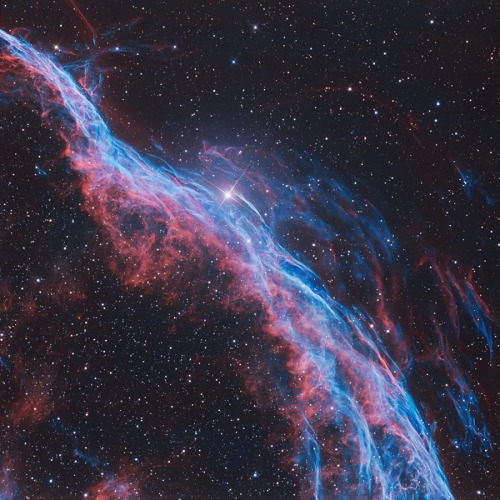




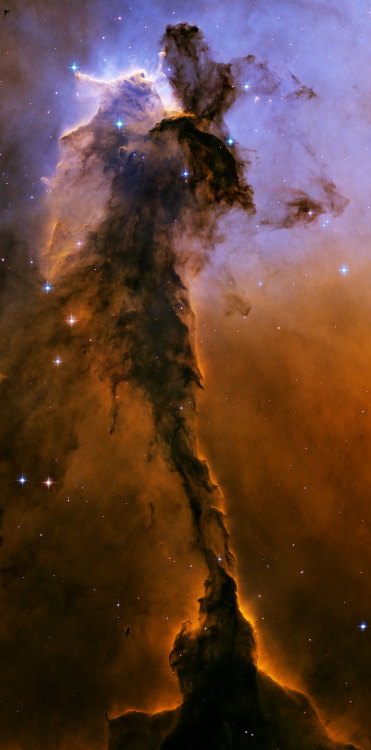



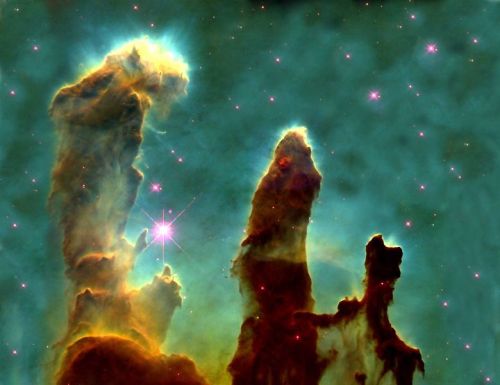
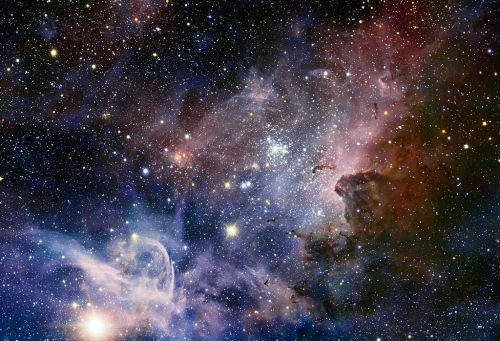







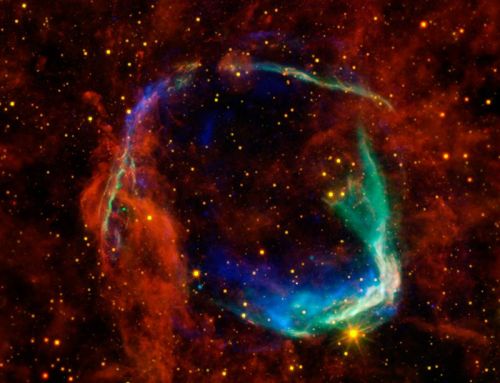

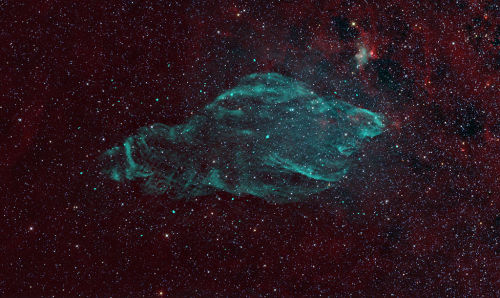






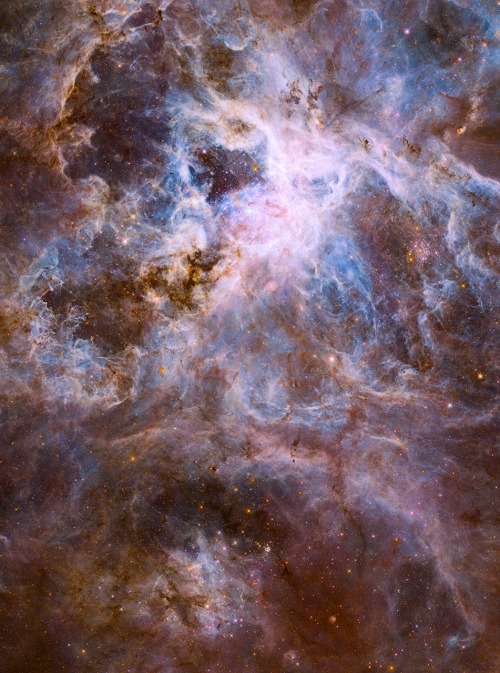
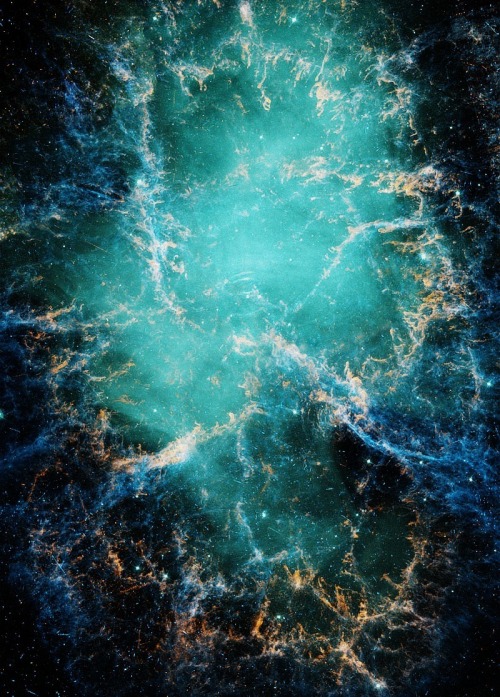



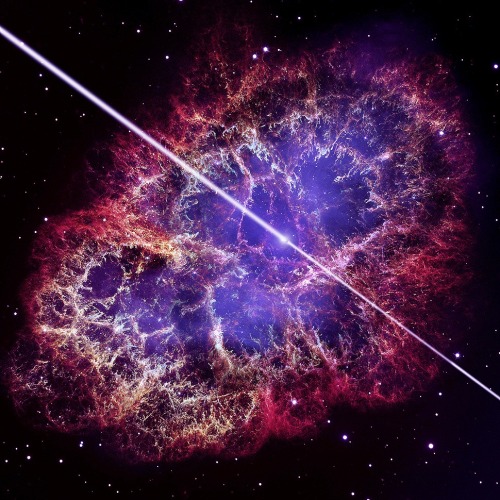
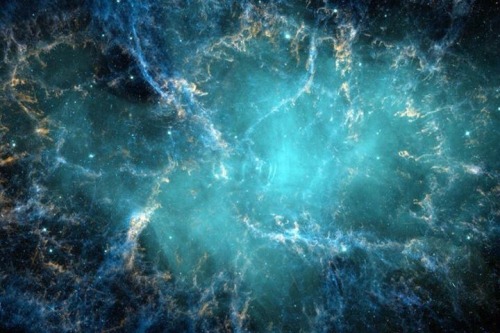
















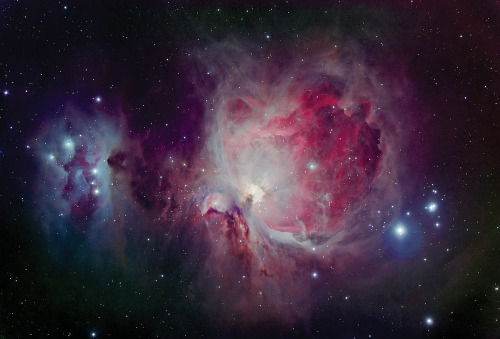

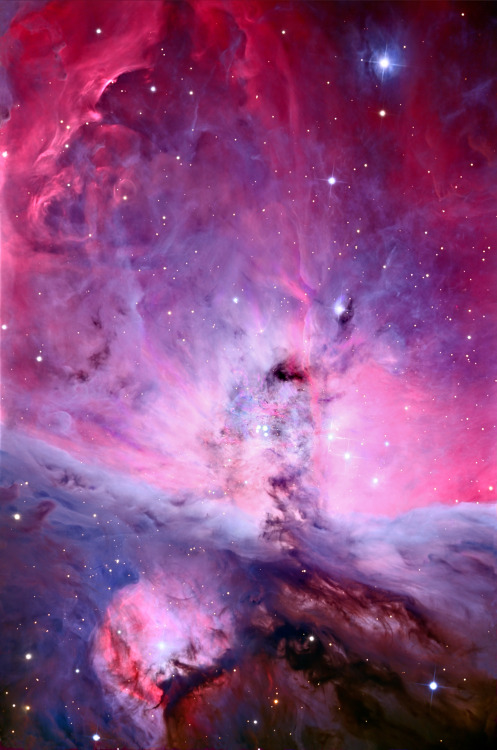



![Antennae Galaxies - Chandra Hubble Spitzer [3 Telescope View] Antennae Galaxies - Chandra Hubble Spitzer [3 Telescope View]](https://64.media.tumblr.com/cfea5e7859cb6f55847f8cc81a3a55bf/248c623617aca3d0-00/s500x750/a9a4b09cbe747b611bbb8d824aefcdcd076d75bd.jpg)

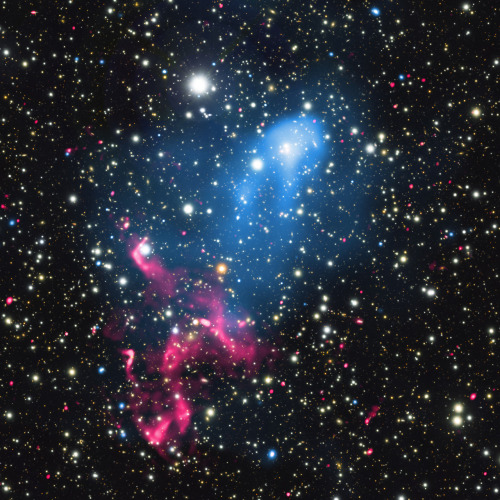




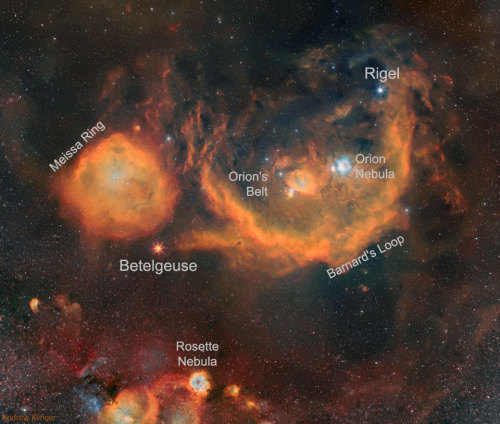
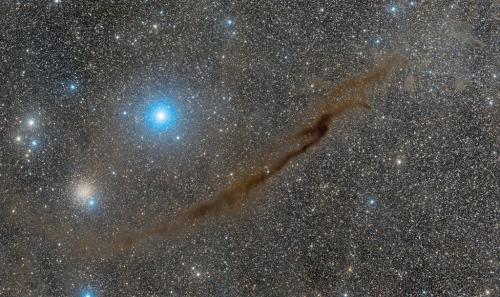
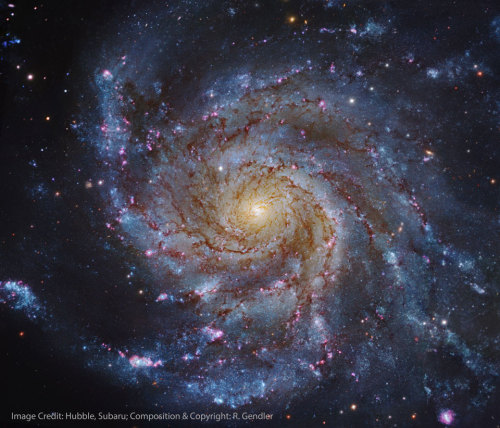

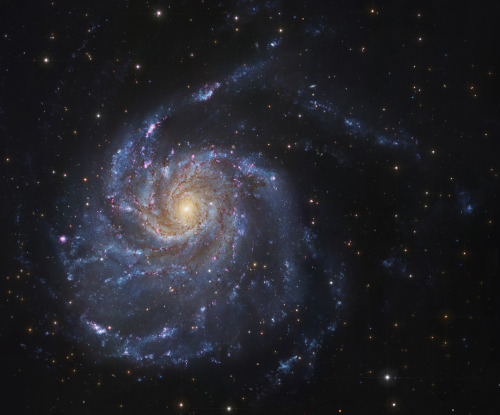
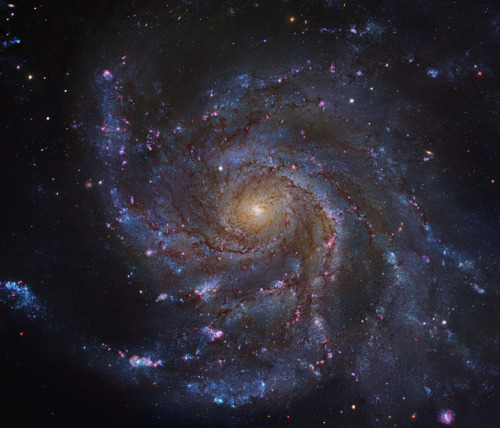
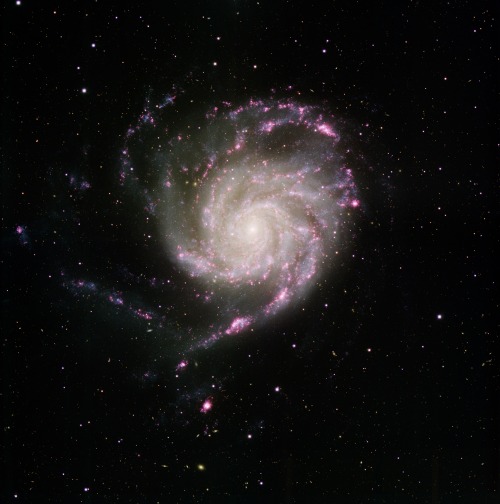
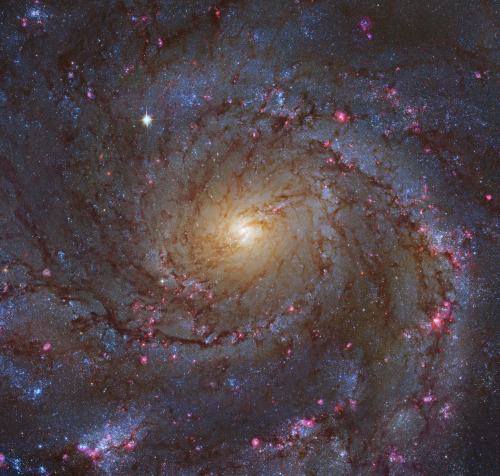
![M83 [NGC 5236] Southern Pinwheel [Kitt Peak Telescope] M83 [NGC 5236] Southern Pinwheel [Kitt Peak Telescope]](https://64.media.tumblr.com/558ac316f6ad2a8092d6fd31ba4d25ee/d03b0aa4b27e54bd-35/s500x750/677551a6dd5fcb8a255ff079cb55fac6f7ef1977.jpg)
